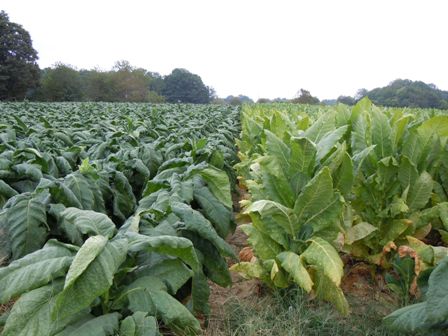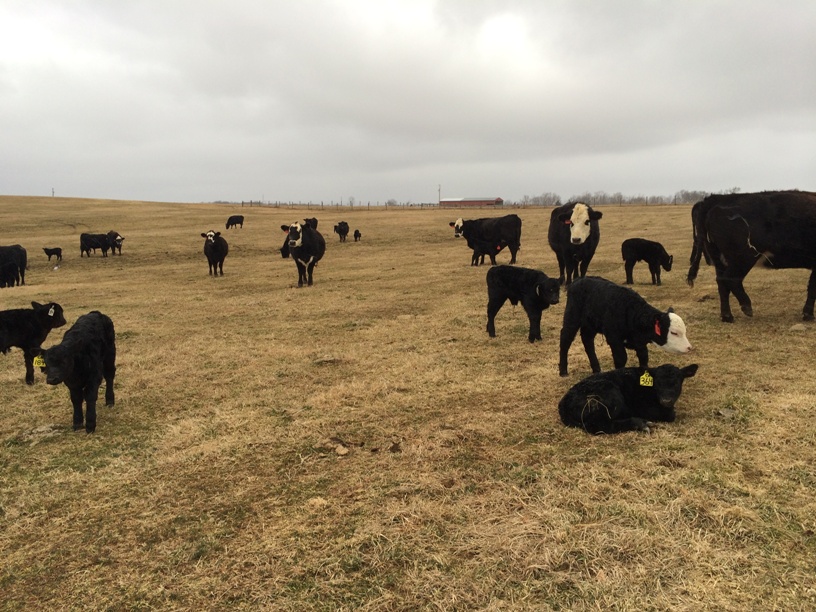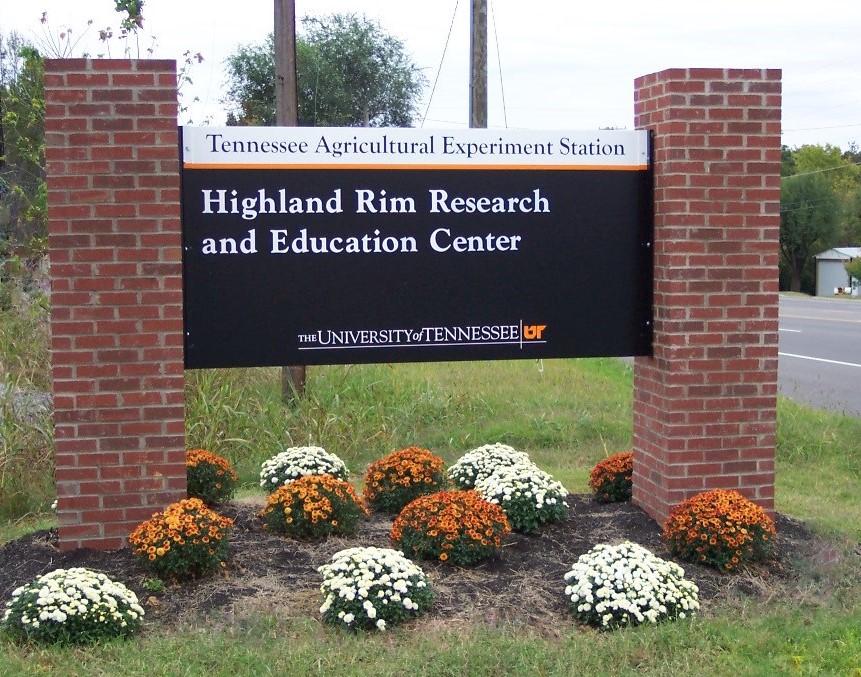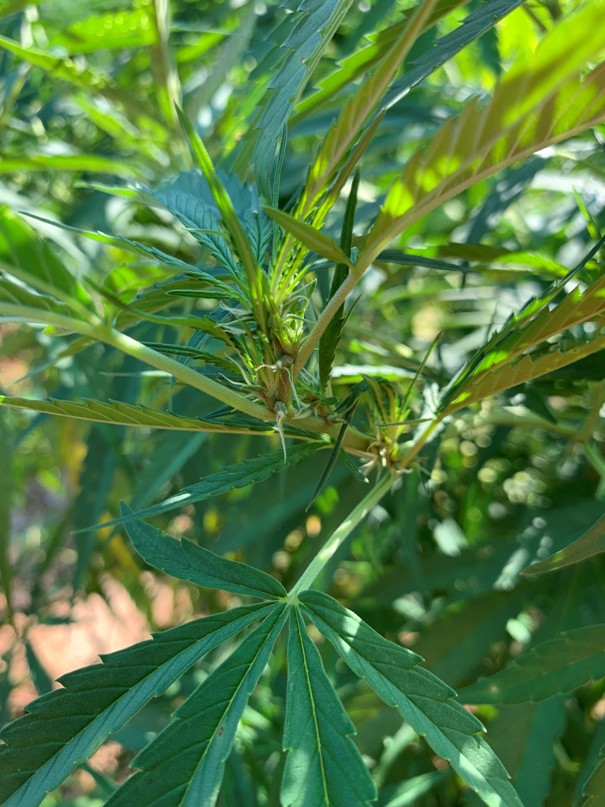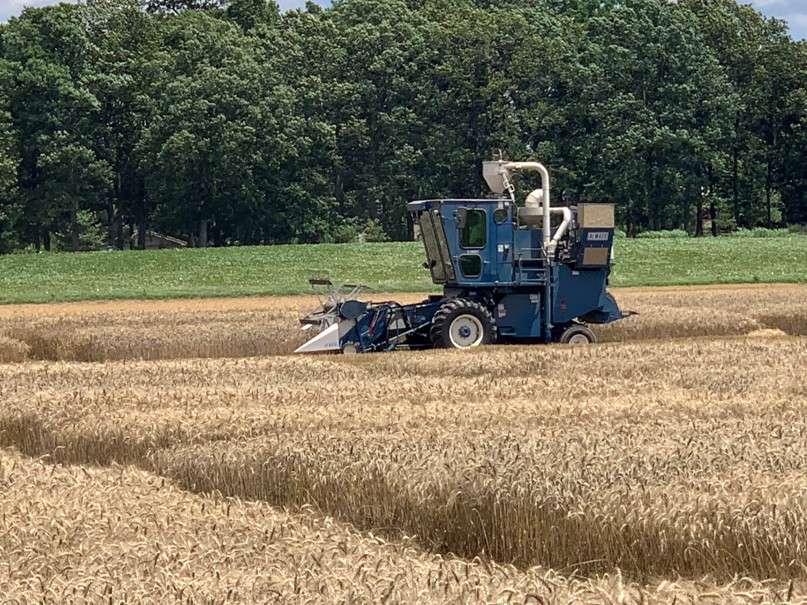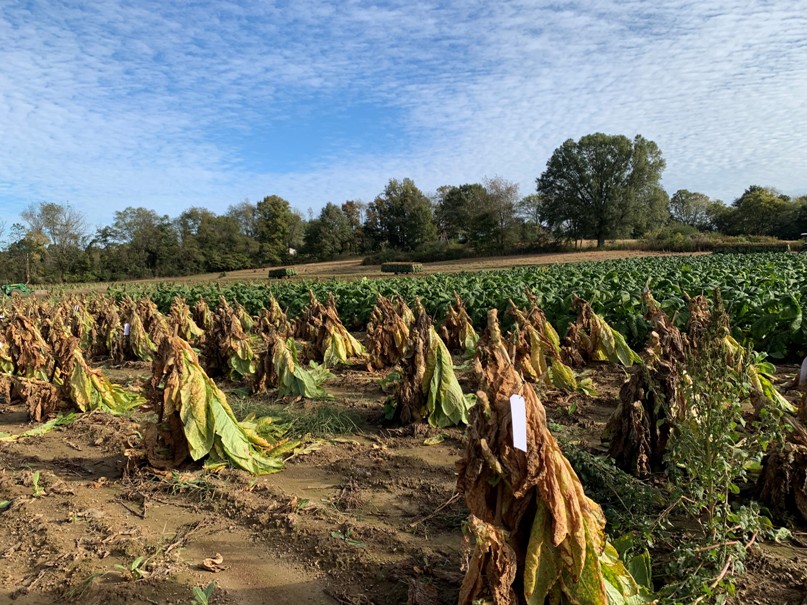Tobacco research projects include improving yield, disease resistance, and quality of burley and dark tobacco. Other projects include tobacco rotations, nitrogen fertility, double-barn curing, and reducing tobacco-specific nitrosamines in the cured leaf. The combination of environment and soil properties in this region produces high-quality dark tobacco that has not been equaled in any region of the world.
Current beef cattle research includes fescue endophyte effects on beef male fertility and forage utilization protocols. Future research is planned to investigate the potential of native warm-season grasses as forage for beef cattle and bioenergy crop.
The Center has also been a key location for development of improved herbicide-tolerant and non-tolerant soybean cultivars. Projects include evaluating soybean lines with increased yield potential, plant disease tolerance, enhanced protein quality and concentration, and modified fatty acid composition for improved human and animal nutrition.
Additional research includes improving production efficiency in viable crops for the Highland Rim region. Research involves improving production systems for alternative commodities for adaptability to the region.
The Highland Rim AgResearch and Education Center conducts beef cattle research emphasizing value-added production practices like genetic improvement, pre- and post-weaning management, and forage and commodity feed utilization. Crops research includes dark and burley tobacco breeding, improved cultural practices, and tobacco curing. Some of the most widely grown tobacco varieties in the world were partially developed at the Highland Rim AgResearch and Education Center.
